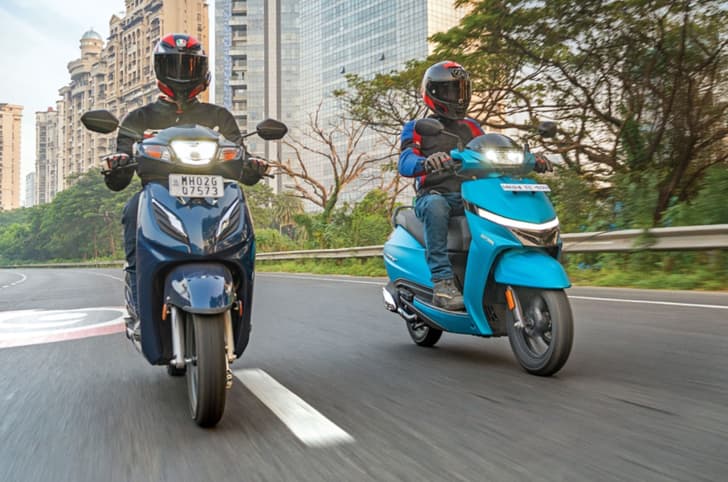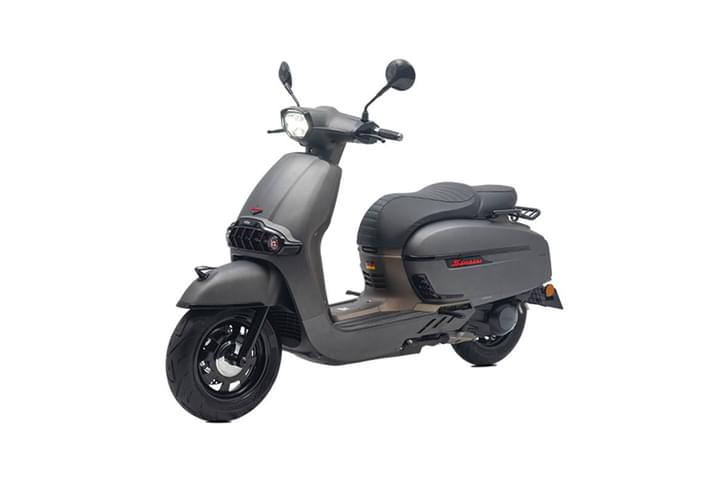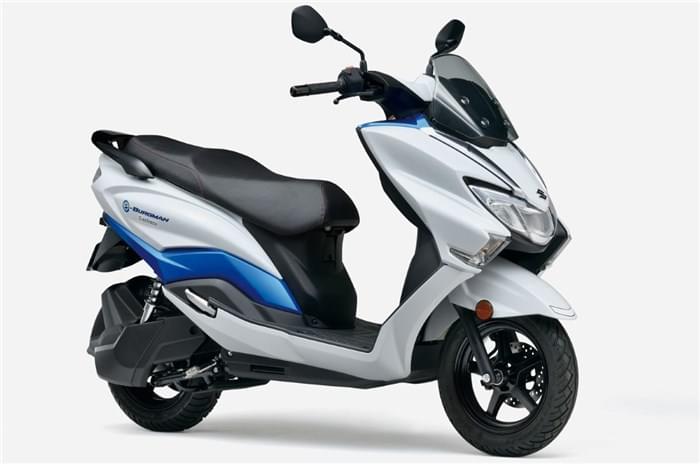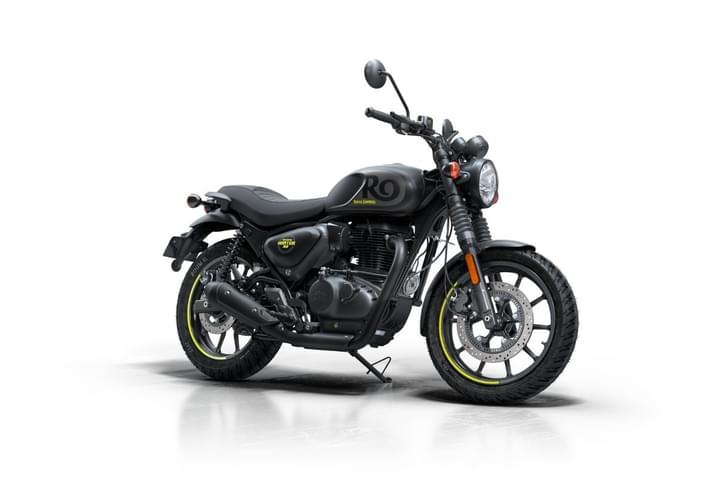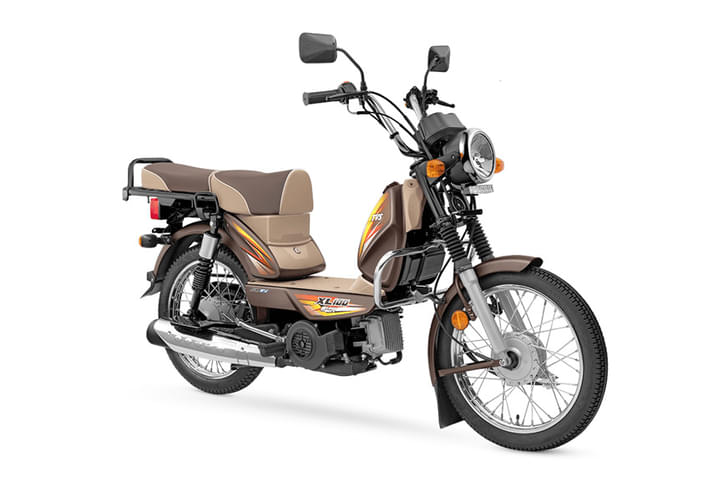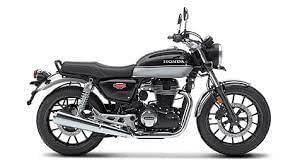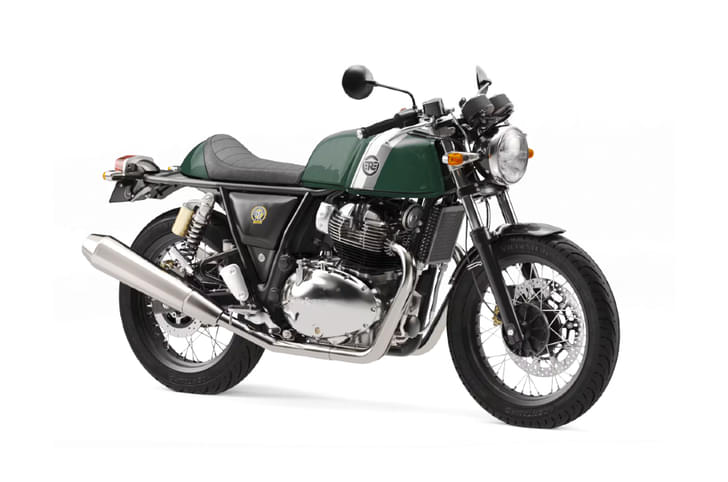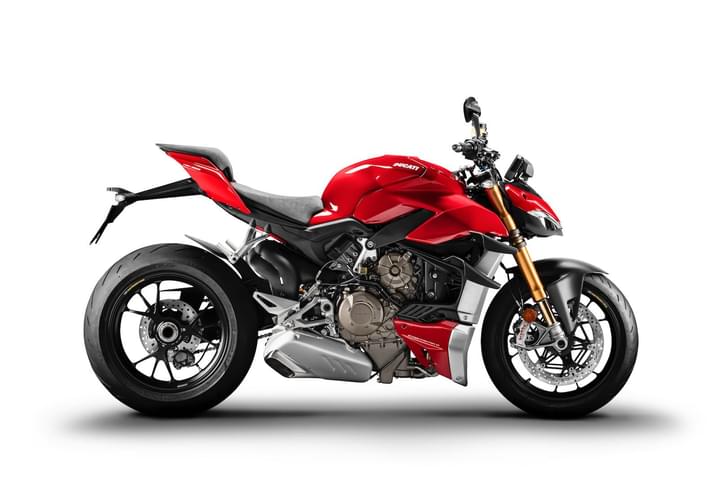One of the many wonderful things about motorcycles is the number of different shapes, sizes and flavours that they come in. Some are instruments of speed, designed to navigate a racetrack as quick as the laws of physics permit. Others are exploration tools, equipped to keep the ride going even once the road ends. Whether it’s a coast-to-coast trip or just the daily office commute, chances are there’s a bike that’s built to do exactly what you need.
There is a certain class of bikes, though, that aim to be time machines – they not only transport you from A to B, but also take you back in time. The Royal Enfield Classic 350 tells you everything you need to know about it, right in its name. The Chennai-based manufacturer has just rolled out an all-new version of its most popular motorcycle, but still aims to provide an experience that’s as retro as possible in 2021. It’s been the undisputed king of this class for over a decade now, but has newer competition to fend off.
Honda set its sights firmly on Royal Enfield last year and the bullet it fired was the H’ness CB350. And, as its rather odd name suggests, it’s aiming for some of that royal glory. This is a class where victory simply cannot be decided by ‘trivialities’ like horsepower figures and brake disc diameters. So we just had to ride these two motorcycles back-to-back, to find out if the Classic 350 can extend its reign at the top, or if the H’ness is good enough to usurp the throne.
TIME CAPSULES
With these motorcycles, the trip down memory lane begins before we’ve even set off. In a world full of faux carbon-fibre finishes and endlessly growing tank extensions, the measured, uncomplicated designs here have such a refreshing simplicity to them. An honest round headlight, an unshrouded tank, some side panels, and a couple of fenders. That’s about all that these two sport in terms of bodywork, and yet each one puts its own unique spin on things.
.jpg?w=700&c=0)
Squint your eyes from six feet away and the 2021 Classic 350 might seem unchanged from its predecessor. But a closer look will reveal that, while the basic silhouette has been painstakingly carried over, this bike is indeed new. Its rather stately look is afforded by the trademark hooded headlight and regal pilot lamps. And since this pod also integrates the new semi-digital instrumentation and shelters various cables and wires, the front of the bike is deliciously uncluttered.
There’s similar attention to detail across the rest of the bike: the midriff has been greatly tidied up, with far fewer stray cables and odd ends visible, and the quality of chrome is absolutely excellent. So faithful is the Classic to its retro design that every single lamp on the bike houses a conventional filament bulb.
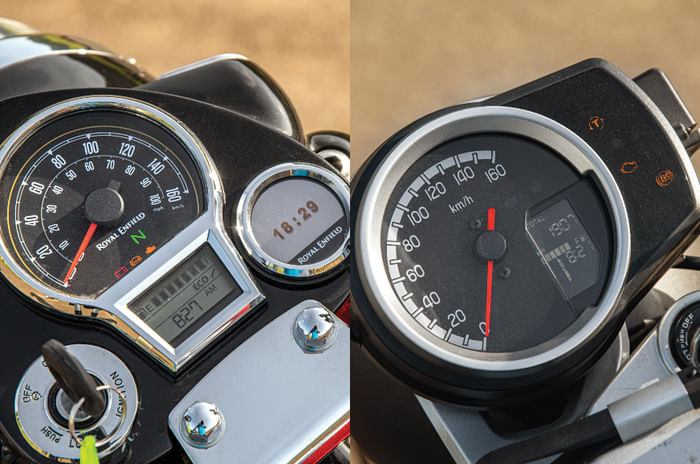
A quick glance at the H’ness reveals a slight contrast in design philosophy, because it features a snazzy LED headlight, as well as alloy wheels (optional on the Classic, along with a whole host of other accessories that dwarf the Honda’s catalogue), making it more neo-retro than true-blue retro. Nevertheless, it is a very handsome motorcycle and its design does draw strongly from its rich CB heritage, with the square-ish tank and round headlight harking back to the original CB750.
Despite being longer, wider, taller and featuring a larger wheelbase than the Classic, the H’ness actually looks like the less substantial motorcycle here. A large part of that is down to the engine not filling the space in the chassis completely. It’s a good deal lighter, too, at 181kg, compared to the Classic’s 195kg. Both bikes feel similarly well built, but there are a few too many shades of black, grey, silver and chrome all over the H’ness, and its chrome isn’t quite as sharp as the Classic’s.
TAKE IT DOWN A NOTCH
The Enfield contrasts beautifully against the world around it, which seems to be in a perpetual spiral towards a faster pace of life. Its long-stroke J-platform motor serves up dollops of bottom-end torque that ferry you around in a blissfully unhurried manner. It eases the rider’s workload, dutifully chugging along at low RPMs in high gears. But unlike its predecessor, the forward push continues higher up the rev-range as well, uninhibited by either vibrations or a depleting powerband. It certainly does not have the strongest top-end around, but the air-cooled motor thumps its way to the redline without ever feeling breathless, and a 100kph cruise is very doable, although anything above begins to be a struggle. The Enfield tops out at an indicated 120-125kph, while the H’ness shows 135kph – but has a higher level of speedo error.
.jpg?w=700&c=0)
While the Classic’s thump is deeper than the Meteor’s, it’s a much quicker beat than the old bike’s, and so best enjoyed at low RPMs (much like the rest of the bike), where the thumps are nicely spaced out. Gear shifts are also light and smooth for the most part, but it does occasionally protest when trying to slot into first gear from neutral, with the clutch also being heavier than the Honda’s.
Riding the H’ness for the first time is a rather confusing experience, and yet another reminder of why we mustn’t judge motorcycles based on their spec sheets. Because on paper, this Honda has a long-stroke motor just like the Classic’s, producing even more power and torque, at even lower RPMs than the Enfield! In the real world, though, the Honda’s motor feels the polar opposite of the Classic’s: flat at the bottom, and then it builds linearly through the mid-range to a strong top-end. The low RPM grunt you expect is suspiciously absent and the H’ness does not like pottering about at low speeds in high gears. Part of this is also down to the extremely tall gearing.
It’s considerably quicker than the Classic when the engine is revved out, but demands a lot more from the rider, with more shifts required and a greater emphasis of being in the correct gear. A small mercy here is the slick-shifting ‘box, and I absolutely love the fact that both bikes get a proper old-school heel-and-toe shifter. Interestingly, the H’ness is louder, with a better defined thump than the Enfield, but this sound feels contrived and quite disconnected from the otherwise modern-feeling riding experience.
The H’ness also features signature Honda levels of refinement, to the point where you feel almost nothing from the engine at any RPM. While some will appreciate this greatly, in a class that strives for the analogue, visceral feel that motorcycles used to possess, the exceptional refinement levels almost seem to detract from the overall experience. This is also the reason why features like Bluetooth connectivity (optional on the top RE, standard on the top Honda) and the H’ness’ traction control are nice to have, but not really major considerations in this segment. As for the Classic, its vibes are now finally at the level where one can make the argument that they add character.
FROM THE THRONE
These bikes aim to transport your mind back to a slower, simpler time, so you don’t expect them to be corner-carvers. Nevertheless, they’re both capable handlers, with neither feeling unwieldy in the bends. The lighter Honda steers more easily, and naturally, while the Enfield does require a little more muscling around. Once leaned over, both are stable enough, with ample cornering clearance to keep buyers in this class happy.
.jpg?w=700&c=0)
A far more important consideration in this class is ride comfort and it’s the H’ness’ softer suspension setup that feels more plush in most situations. But as speeds rise, it doesn’t feel quite as planted as I’d like, and the front-end can seem rather nervous and vague at triple-digit speeds.
In contrast, the Classic feels utterly unflappable and confidence-inspiring even at rapid cruising speeds (well, rapid by the standards of this class anyway). This is made better by a lovely, upright, ‘king of the road’ riding position that helps you feel as relaxed as the bike does.
.jpg?w=700&c=0)
It comes across as slightly less absorptive than the Honda in the city, but does a good job in its own right of keeping you isolated from the road. We also noticed that heavier riders tend to find the Classic’s ride more comfortable.
The H’ness has a more intentful riding position, with more rear-set foot pegs and a greater lean forward to the bars. In absolute terms, you still sit fairly upright with no stress on your body. This particular H’ness is fitted with accessory split seats, but we have previously ridden the standard bike and its single-piece seat is alright for short durations, but uncomfortable over longer stints. Meanwhile, the Classic’s throne has lost its springs on this 2021 version, but being well sculpted, it is an excellent place to spend long hours.
TIME IS MONEY
Both bikes are similarly priced: the Classic is available in a single-channel ABS variant (Rs 1.84 lakh) that is more affordable than the H’ness (Rs 1.94-1.99 lakh), as well as multiple dual-channel ABS colour options that range from below the H’ness to well above – this range-topping chrome red costs Rs 2.15 lakh (ex-showroom).
If one defines a motorcycle’s capability in terms of acceleration, handling, braking and the like, there is no doubt that the Honda H’ness CB350 is the more capable motorcycle here. It feels lighter, goes quicker, and handles better than the Classic. And if these are the metrics that entice you, then the Honda is undoubtedly the bike for you.
But that’s not what this segment is about and we never set out to find which was the more capable motorcycle; we were after the best time machine. And in that regard, the Honda falls short. Save for its design and soundtrack, the H’ness feels like a thoroughly modern motorcycle to ride. If you were to ride it blindfolded (which we don’t recommend), wearing earplugs (which we do recommend), you’d find it very hard to tell that it’s a retro bike. Royal Enfield has created a motorcycle that excels at emotional invocation in the real world, rather than a game of top trumps on paper. From the nature of the engine to the seating position, the way it looks and rides, it is a thoroughly faithful retro motorcycle, but without the retro compromises of its predecessor – and it’s absolutely lovable for that.



